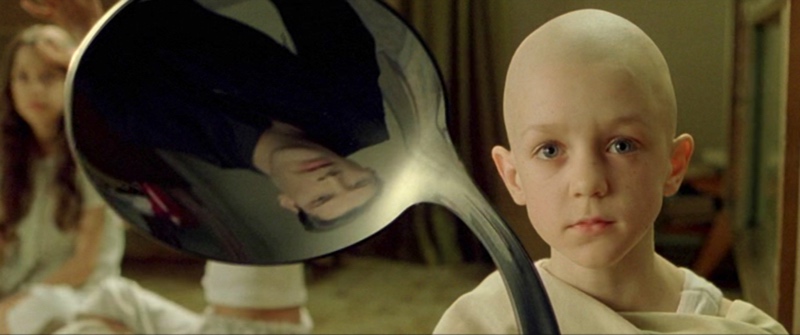Virtual reality and bending spoons
Can Virtual Reality really be impactful outside of the obvious media and entertainment use cases that proliferate today? I remembered this brilliant TED talk from 2007:
It talks about war veterans having “phantom limbs”. These people had lost a limb, but their minds still thought the limb existed and registered pain, itchiness and other feelings in the limb. This wasn’t delusion — they knew the limb wasn’t there, but that didn’t stop the pain or the itch in this non-existent limb. In one case, this became a serious problem with the patient in continuous pain from a clenched spasm in an amputated arm.
So how does this incorporeal problem that is manifesting as real physical pain get treated? This doctor created contraption of mirrors that showed the patient half of his body in the mirror, such that the reflection of the real arm seemed like what the “phantom arm” would have been. His mind was “seeing” the phantom arm. By wiggling the fingers of his real arm and unclenching his fist, his mind saw it as the movement of the phantom arm, and his pain was relieved. Sounds incredible, doesn’t it. Watch the talk, it’s worth it.
If a simple mirror can help re-create reality for the mind and make such a huge difference, imagine what virtual reality could do. It could be used to address phobias (public speaking, anyone?), create experiences — create shared experiences even.

Is it the spoon or is it you that bends?
The internet has made us all a little more isolated. I used to work on one of the biggest social games of all times (Farmville) and we had an inside joke that the game wasn’t social at all — you would spend hours tending to your “farm” all alone and only reach out to your Facebook friends when you needed something in the game. Virtual reality is going to help solve real problems of the human mind.